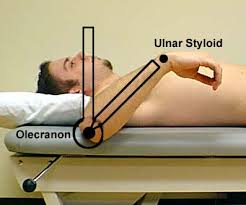Shoulder Girdle Trauma
Shoulder Girdle Trauma
By R. C. Schafer, DC, PhD, FICC
The articulations of the scapula, clavicle, and the humerus function as a biomechanical unit. Only when certain multiple segments are completely fixed can these parts possibly function independently in mechanical roles. Forces generated from or on one of the three segments influence the other two segments. Thus, they will be described here as a functional unit. Please underscore this point in your mind as you read this paper.
Read the rest of this Full Text article now!
Enjoy the rest of Dr. Schafer’s Monographs at:



